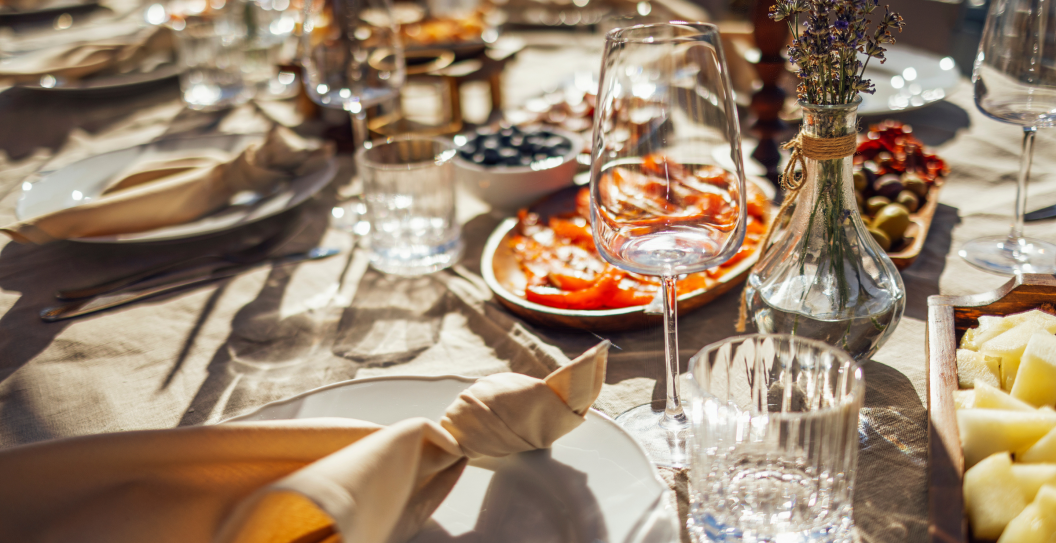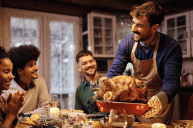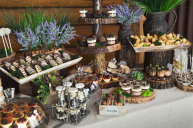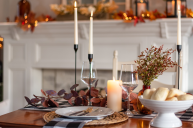Even though I've been happily dining on paper plates and takeout trays for the last 10 months, there's something about the holiday season that makes me want to put out a real spread. One with place cards, nice silverware and napkins intricately rolled into swans. Maybe even throw on a tablecloth if I'm feeling really ambitious.
If you're like me and rarely host people for a dinner party (unless you count the occasional late-night pizza run) or a daunting Friendsgiving, setting a proper table can be intimidating. It's an art form — and one that many of us don't know how to do correctly. But according to certified etiquette expert August Abbott, we should take the time to learn it.
"There's something rewarding in making dinner an event," she says. "A special thing even though it happens every day."
While no one's going to call the police if their hostess accidentally put the fork on the wrong side of the plate, Abbott explains that setting the table creates an atmosphere much different from eating on the couch. A more formal placement invites more respect, table manners and even conversation.
"It's not just about a proper table; it's about what a proper table insists upon," she says. "Learning how to dine rather than 'eat'; learning how to be respectful of others, not interrupt, say 'excuse me' before trying to sneak into someone else's conversation; 'please' before asking that anyone do anything for you.
"Dinners with a proper table often means that a certain decorum has to go along with it."
So, if you're looking to elevate your dining game — and encourage some better behavior around the table — here's what Abbott and other etiquette experts have to say about setting a table the right way.
Do Focus on the Basics
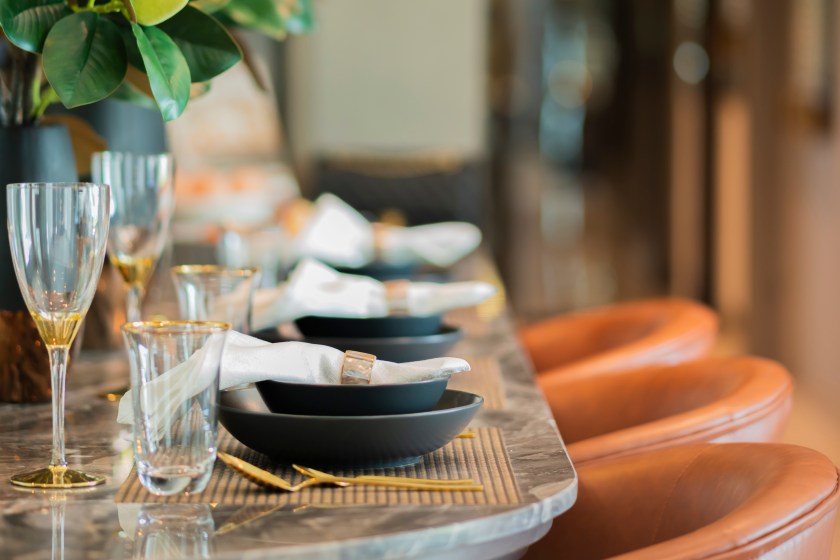
Like all things home aesthetic, the internet can make you feel as if you need to buy All The Fancy Things in order to create an attractive table setting. But you don't. Take a deep breath, empty that Amazon cart, and focus on the essentials first.
While certified etiquette expert Lisa Mirza Grotts says that a truly formal place setting will include "far more of everything," all you really need to complete the basics are plates, the right utensils, a tablecloth and a centerpiece. Everything else is optional.
Don't Misplace the Water Glass
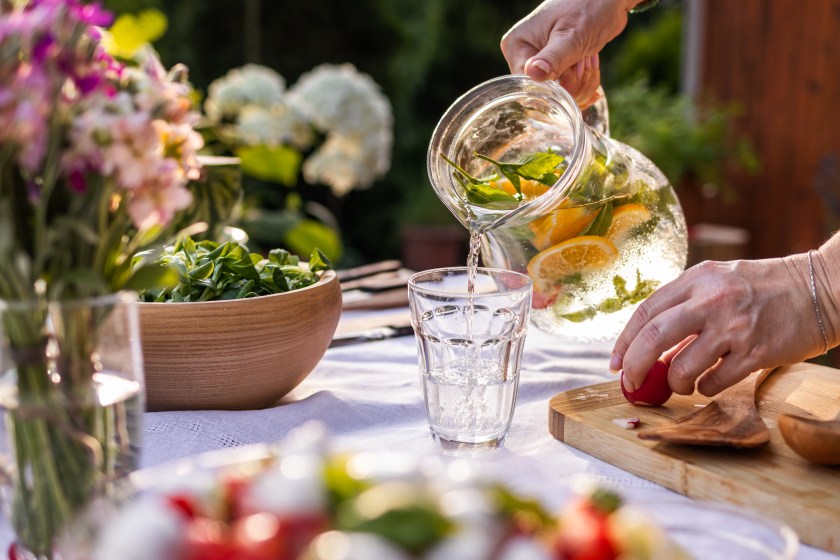
Grotts says that a common error she sees is the water glass placed in the wrong spot. "It should line up with your dinner knife, and then the wine glasses follow."
If you're using multiple glasses, such as one for water and one for wine, August Abbott says to think about the order in which one would use them.
"Start with the outside and work your way in," she says. "Closest to the cutlery is the white wine glass, then the red wine glass and the water glass at about the 1:00 position. Of course, if you're only serving one wine, have only one wine glass, and if you're serving no wine, the water glass will hold the 1:00 position on its own."
Do Put Forks on the Left and Spoons on the Right
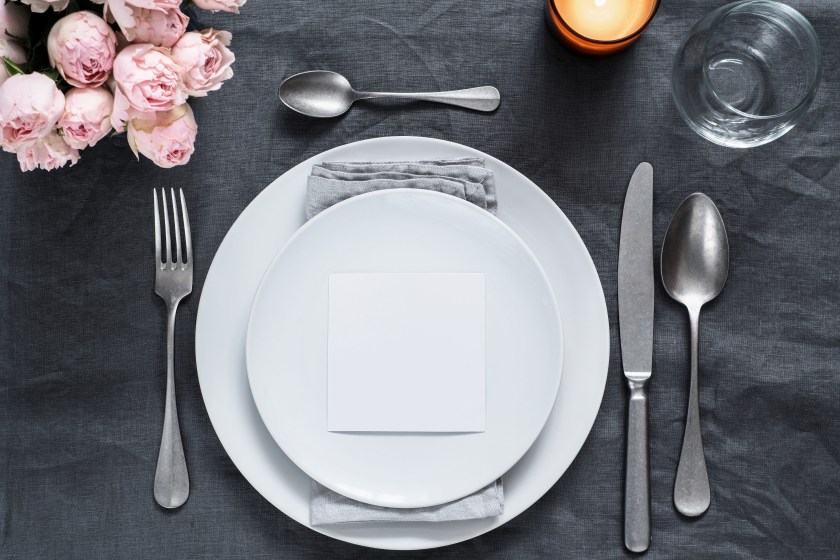
Another common mistake? Switching the placement of forks and spoons.
"Forks on the left, and spoons on the right," Abbott explains. "The trick diners can use if they're nervous about using the right fork or the right spoon is to simply work their way from the outside in. Salad is often served first, so the salad fork will be the first fork of the place setting that's easiest to pick up.
"And never underestimate the power of discretely watching your host for clues."
Don't Skip the Bread and Butter Plates
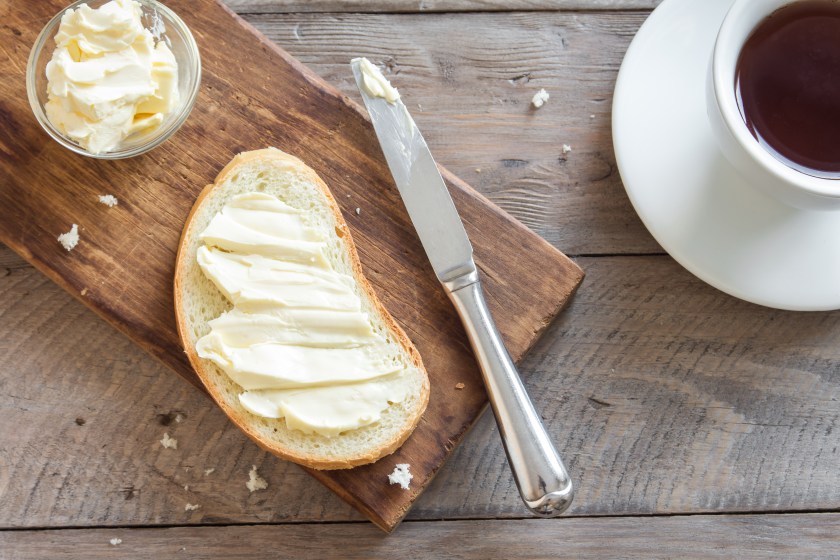
Bread and butter are a welcomed pre-dinner snack. And according to Penny Aviotti of Ms. Corporate Manners, they also deserve a designated spot on the table.
"Place a serving of butter on each plate so you don't have to worry about passing butter around the table," she says. "If there isn't a designated spot to put a roll or piece of bread, guests end up placing it on the side of their dinner plates or (horrors!) on the table itself."
Do Play With Other Centerpiece Ideas
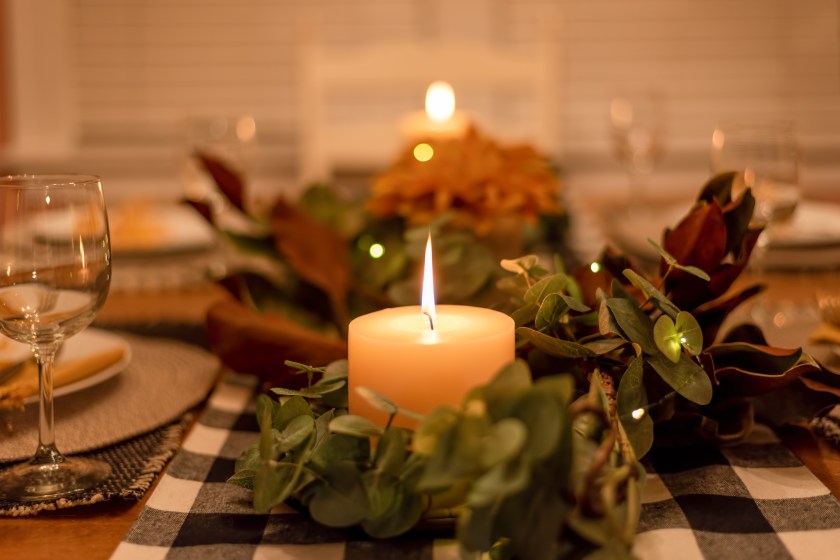
Flowers are often used to add a touch of elegance to the table, but they can be expensive and even block the view of those across from you. Grotts encourages using items that won't wilt, such as candles or fresh fruit and cheese platters.
Don't Overcrowd the Table
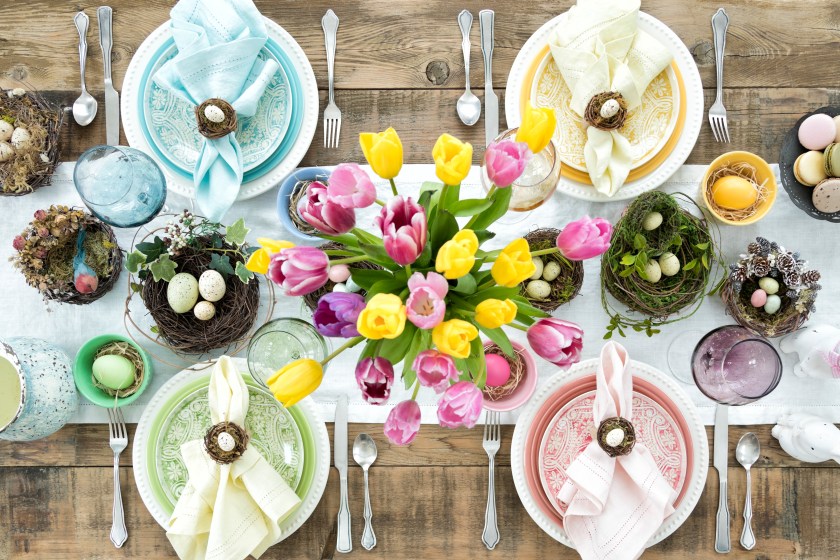
While it's easy to go overboard on decorations, Aviotti says to be mindful of the space you have available. "I am a maximalist when it comes to setting a table, but people often overcrowd the table with too many unnecessary place settings."
Whatever you want to put on your table is up to you — just make sure you've got enough room for the real star of the show: the food.
Do Tell People Where to Sit
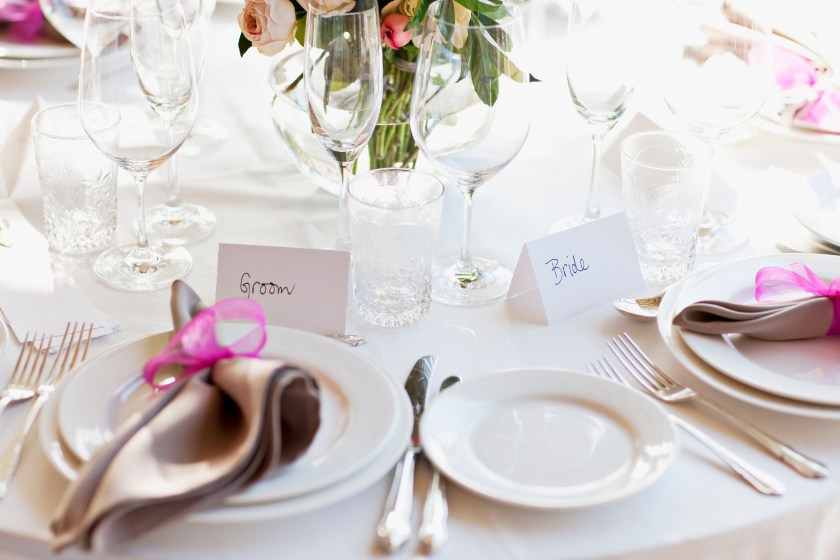
Place cards might seem like a bit much for your average dinner party, but Grotts says that they can serve as a helpful tool when organizing seating arrangements. This is especially important for larger gatherings where guests may not know each other.
"For balance at the table, always seat quiet guests next to outgoing ones, or older people next to kids."
Don't Let Guests Use One Utensil for Multiple Courses
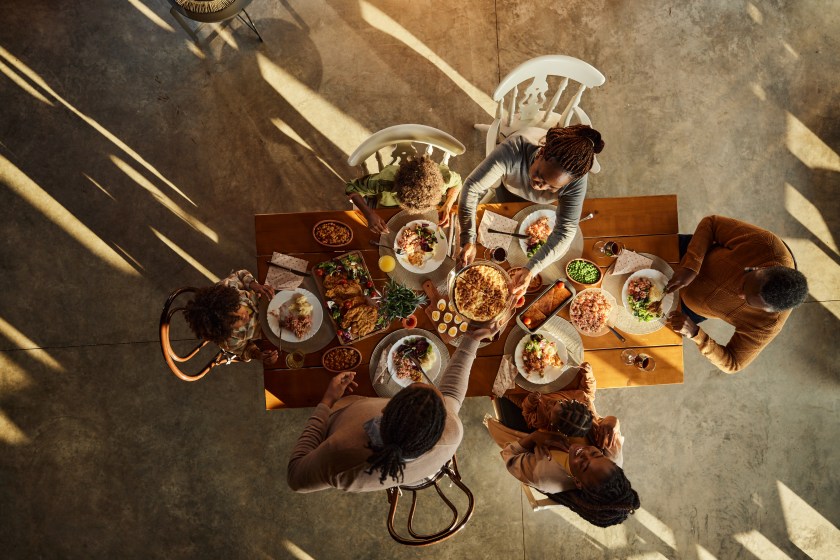
A major faux pas is using the same utensil for multiple dishes. Abbott explains that every course should have its own utensil — and where it's positioned will depend on when it will be used.
"On the right side of the plate, if soup is being served, that spoon is first; then the teaspoon, then the butter knife, and if a cutting (steak) knife will be necessary, that is closest to the plate," she says. "Forks are to the left and again, placed in the order they will be used: salad fork, then dinner fork. The dessert spoon is positioned over the top of the plate — not on the plate."
Do Prep Your Table Early
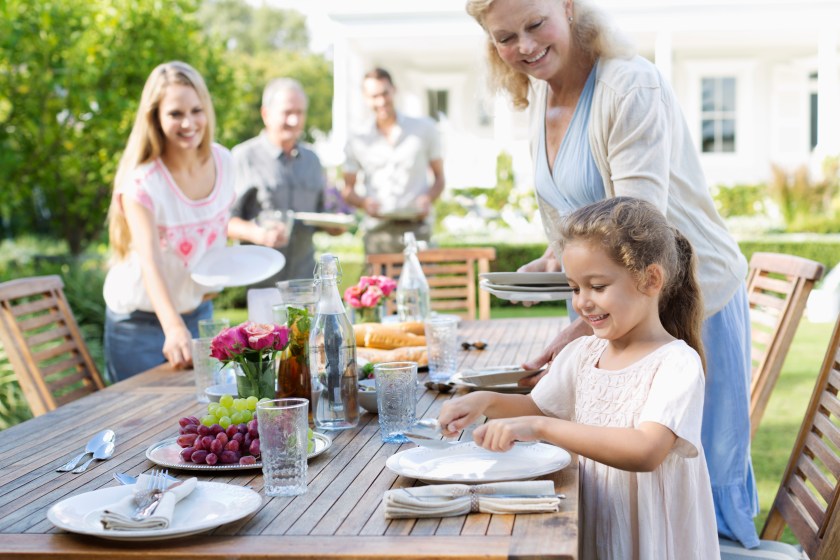
Of course, all of these table-setting rules and suggestions won't help you if you're still frantically preparing the table when your guests are already walking through the door. Jules Martinez Hirst of Etiquettte Consulting Inc. says to give yourself plenty of time.
"Set the table the day before so you are not rushing on the day of the event, and you can make sure you have all the items you need."
Do Remember What's Most Important
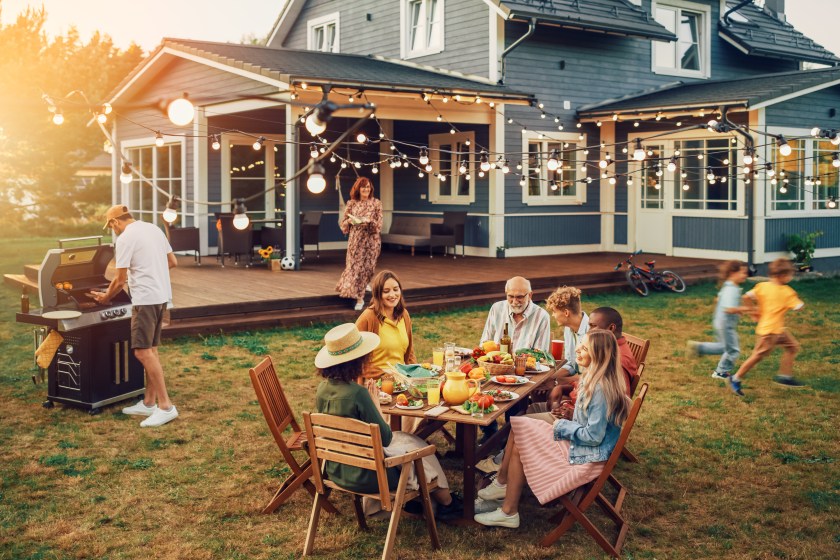
While it's important to follow these table-setting guidelines, Hirst says that the most crucial thing isn't the perfect placemats or using the right fork. It's the people around the table.
"The most important part of the meal is the company you are with, having food to enjoy together and plates and utensils to eat with. All the rest — fancy glassware, chargers, table runner, floral decorations, candles — are add-ons."
